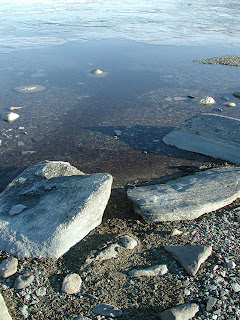Our first order of business was a bit more of a personal one. Caleb, had his second child born last week and so we bought him some items to help him along. These items included about 400 diapers, and the stuff pictured below.
Pictured: The peak of style.
We then had our lunch. After lunch we had a delicious apple pie cooked by Megan. While eating the pie, Amber and Janice attempted to describe how their current project works.
The chopsticks bind with the fork which can then be used with RNA to...
Which, fairly quickly got out of hand.
And once the forks have aligned THEY WILL MAKE ME INVINCIBLE AND I WILL RULE THE WORLD!!
AH HA HA HA HA HA!!!!
After that we all went outside and took some pictures with our brand new and very stylish YEASTY BOY BOWLING SHIRTS!
Pictured: The peak of style
After that we decided that we had to make it official, we had to become the most stylish lab on campus, if not the world. To do that, we needed to do something about our dull, white, and dreary lab coats. We decided that it was time to spice them up a bit, and what better way than with TIE DYE!!!
Pictured: The peak of fashion
The coats are currently drying, but I promise that as soon as they are finished, pictures will be posted.
Thats all for today ! See you all soon!

























































